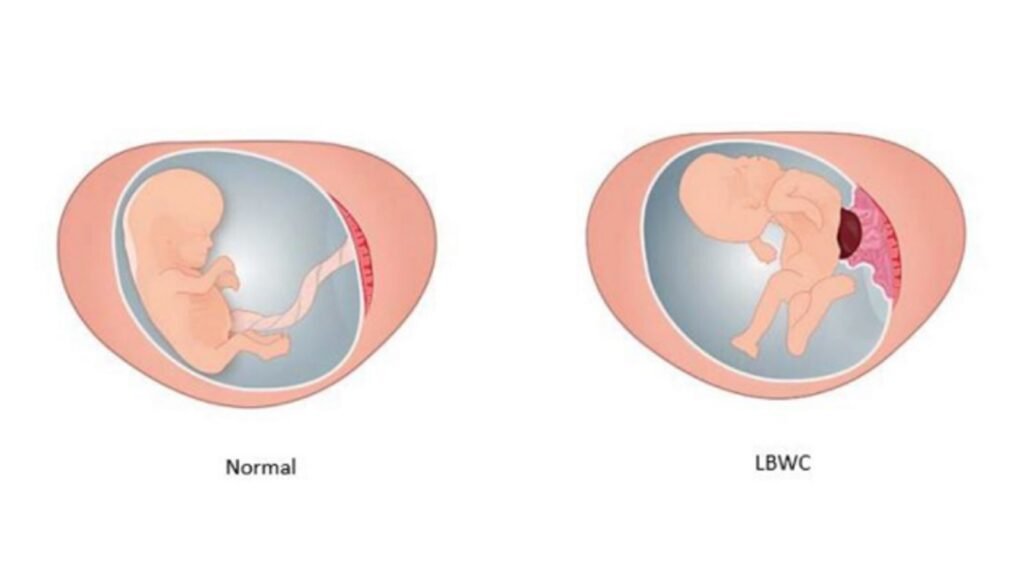Introduction to Ohio Abortion Laws:
Ohio Abortion Laws have been a topic of debate for many years, with significant changes shaping access to reproductive healthcare. Ohio’s abortion laws have evolved from strict bans, like the 2019 “Heartbeat Law,” to stronger protections after voters passed Issue 1 in 2023. These laws impact not only medical providers but also women seeking reproductive care, especially those in difficult situations.
Understanding Ohio’s abortion laws is important because they affect healthcare access, legal rights, and personal choices. This article will explain the history of Ohio’s abortion laws, their effects, and the current legal status of abortion in the state.
Ohio’s abortion laws have undergone significant changes in recent years. In 2019, the state enacted a law banning most abortions once cardiac activity is detected, typically around six weeks into pregnancy. This law, often referred to as the “heartbeat bill,” was among the strictest in the nation. However, its enforcement faced legal challenges and was temporarily blocked.
In November 2023, Ohio voters approved Issue 1, a constitutional amendment that enshrined the right to make and carry out one’s own reproductive decisions, including abortion. This amendment provided robust protections for reproductive rights within the state.
Following this development, in October 2024, Hamilton County Common Pleas Judge Christian Jenkins ruled that the 2019 “heartbeat bill” was unconstitutional in light of the new amendment. He emphasized that the will of Ohio’s voters must be respected, and the restrictive law could not stand. As a result of these legal and legislative actions, abortion remains legal in Ohio up to 22 weeks of pregnancy. The state’s legal landscape reflects a broader national conversation about reproductive rights and the balance between state legislation and individual freedoms.
It looks like you’re asking about the effects or impacts of Ohio’s abortion law rather than “symptoms,” since laws don’t have medical symptoms.
Here are some key impacts of Ohio abortion laws:
1. Impact on Women’s Healthcare:
Limited access to abortion:
Before Issue 1 passed in 2023, Ohio had strict laws that banned most abortions after six weeks. Many women didn’t even know they were pregnant by then.
Delays in care:
Legal battles created uncertainty, making it harder for clinics to provide services.
Increased travel for care:
Some Ohioans had to go to other states like Illinois or Michigan, where abortion laws were less restrictive.

2. Legal and Political Effects:
Legal battles:
Courts frequently challenged Ohio’s abortion laws, creating confusion.
Constitutional amendment:
In 2023, voters passed Issue 1, protecting abortion rights under the state constitution.
Repeal of the “heartbeat law”:
In 2024, courts ruled that Ohio’s previous abortion ban (after six weeks) was unconstitutional.
3. Effects on Healthcare Providers:
Fear of prosecution:
Before the law changed, doctors feared legal action for performing abortions.
Closure of clinics:
Some abortion clinics shut down due to restrictions, reducing access even after the law changed.
4. Social and Economic Impacts:
Impact on low-income individuals: Those without resources struggled to travel out of state for care.
Workforce and education concerns:
Restrictions disproportionately affected students and workers who needed reproductive healthcare.
Conclusion:
Ohio’s abortion laws have changed significantly in recent years, moving from strict restrictions like the 2019 Heartbeat Law to stronger legal protections with Issue 1 in 2023. These changes have shaped access to reproductive healthcare, affecting women, healthcare providers, and legal policies.
With abortion now legal up to 22 weeks of pregnancy, Ohioans have more control over their reproductive choices. However, debates over abortion laws continue, and future changes are always possible. Staying informed about these laws is crucial for understanding reproductive rights and healthcare access in Ohio.
Would you like more details on a specific aspect?
you must watch 👁️👁️ this article 👇👇👇
What Are the Symptoms of Breast Cancer?Best Medications and Hospitals for Treatment





